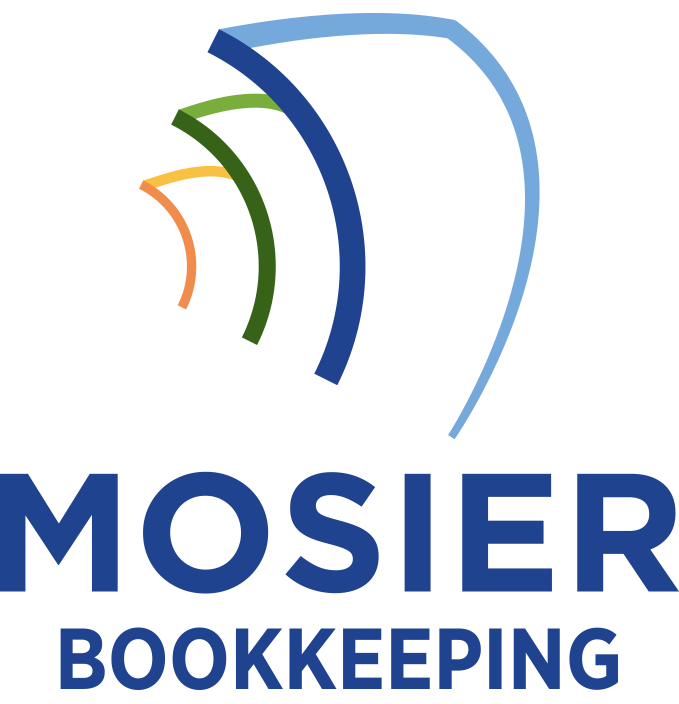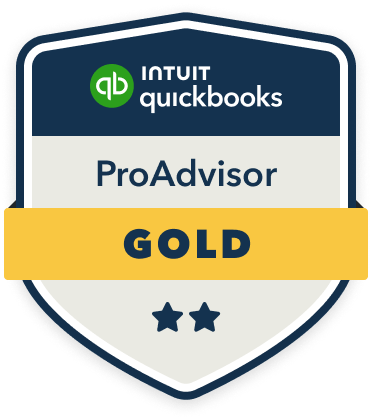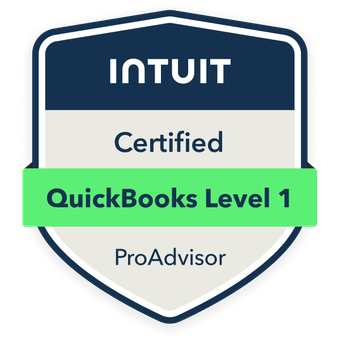To effectively manage insurance costs through bookkeeping, I recommend implementing a dedicated tracking system with multi-tiered classification and automated workflows for premium monitoring. You’ll need to maintain detailed digital records of claims, coverage changes, and payment reconciliations while conducting regular variance analyses to identify cost patterns. A standardized documentation strategy, combined with organized policy records and audit trails, will strengthen your position during renewals and help optimize coverage decisions. The following thorough/extensive/detailed approach will transform your insurance cost management strategy.
Implementing a Dedicated Insurance Expense Tracking System
Setting up a dedicated insurance expense tracking system enables organizations to monitor and analyze their insurance costs with precision. I recommend implementing a multi-tiered classification structure that separates premiums by policy type, coverage limits, and risk categories. You’ll need to establish unique general ledger accounts for each insurance category while creating automated workflows to capture monthly premium variations.
Reconciling Insurance Payments and Premium Adjustments
Three essential steps form the foundation of reconciling insurance payments and premium adjustments effectively. First, I recommend crosschecking each payment against your policy schedule to verify correct premium amounts and due dates. Next, I’ll show you how to document all mid-term adjustments, including policy changes, endorsements, and riders that impact your premiums. Finally, I maintain a variance analysis spreadsheet to track discrepancies between expected and actual payments, enabling swift identification of billing errors or unauthorized changes. This systematic approach empowers you to maintain precise control over your insurance expenses and maximize cost efficiency.
Documentation Strategies for Claims and Coverage Changes

Proper documentation of insurance claims and coverage modifications serves as a cornerstone of effective risk management. I recommend maintaining a digital repository where you’ll store all claim submissions, adjustments, and correspondence with insurers. You should implement a standardized naming convention for files and create detailed logs tracking claim status, settlement amounts, and coverage changes.
I’ve found that establishing clear documentation protocols enables you to quickly access critical information during audits, defend against claim disputes, and analyze cost patterns. You’ll want to secure these records with encrypted backups and restrict access to authorized personnel to maintain data integrity.
Analyzing Insurance Cost Patterns and Trends
Regular analysis of insurance cost patterns enables data-driven decisions about coverage optimization and risk management strategies. I’ll help you leverage analytical tools to identify cost drivers and anticipate future expenses in your insurance portfolio.
- Track month-over-month premium variations across policy types to spot seasonal fluctuations and long-term trends
- Calculate cost-per-claim ratios to determine which coverage areas generate the highest expenses
- Monitor deductible impact on overall spending through variance analysis
- Cross-reference claims frequency with premium adjustments to optimize coverage levels
These metrics empower you to negotiate better rates and structure more cost-effective insurance programs for your organization.
Organizing Records for Insurance Policy Renewals and Audits

Building on these analytical insights, maintaining well-organized insurance records streamlines both policy renewals and audit processes. I recommend creating digital folders for each policy type, storing documentation chronologically, and implementing a standardized naming convention for quick retrieval. You’ll want to maintain detailed records of claims history, premium payments, and coverage modifications.
When preparing for audits, I guarantee you have ready access to payroll records, vehicle schedules, equipment inventories, and property valuations. I’ve found that maintaining real-time updates of these records throughout the year drastically reduces stress during renewal negotiations and bolsters your position when disputing premium adjustments.
